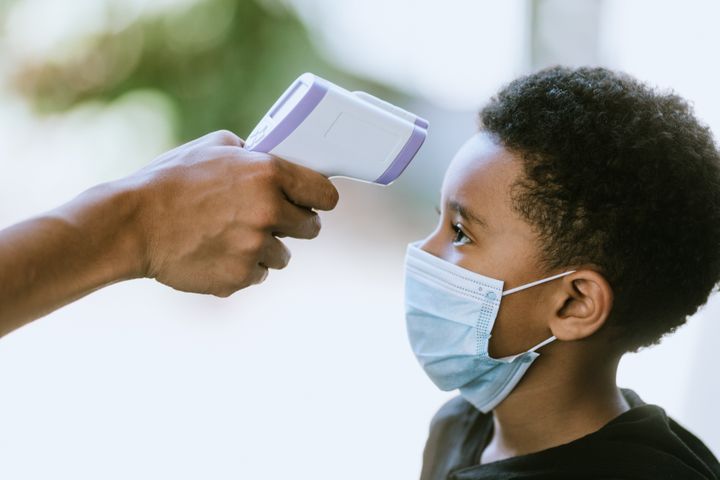News
New Report Shows Just How Hard 2020 Was On America
How tough was 2020 on America’s children? Pretty darn tough, says a comprehensive report from the nonprofit Save the Children that ranked the states where U.S. kids have been faring the best — and the worst — during the pandemic.
The new analysis, which relied on U.S. Census Bureau Household Pulse surveys, found significant disparities in how American children have been able to handle an incredibly hard year.
And its authors did not mince words: “America’s kids are in trouble,” they warned.
“Huge disparities along geographic, income and racial/ethnic lines ― ‘childhood equity gaps’ ― are depriving children of the futures they deserve,” the report added, cautioning of “deepening crises for America’s children.”
Here are four of the big takeaways from the report.
The states with the lowest COVID-19 case counts did NOT necessarily do the best at protecting children
Researchers used three criteria to determine how difficult it has been for children to reach their full potential over the past year during the COVID-19 pandemic: hunger, access to tools for remote learning and reduced family income.
The states where children have fared best during the pandemic are Minnesota, Utah, Washington and New Hampshire, they concluded.
The states where children have fared the worst are Louisiana, Mississippi, Texas and New Mexico. In those states, and others, many children have faced multiple, compounding problems.
In Louisiana, for example, a quarter of families regularly did not have enough to eat in the past year, nor did they have reliable internet access or a device for remote school. Half of families living in Louisiana struggled in the past year to pay for household expenses. At the same time, the state had one of the worst surges of COVID-19 cases in the U.S. in the past year.
But the researchers ranked some of the states where COVID-19 cases soared at various points in 2020 relatively high in terms of families’ abilities to shield children from hunger, provide access to remote education tools and meet household expenses.
“Utah, North Dakota, and South Dakota have had some of the highest case counts in the country, yet they all scored in the top 10 for protecting their kids from the worst ravages of the pandemic,” the report stated. (See the full rankings here.)
Millions more children are going hungry
“There are an estimated 17 million hungry children now in America ― 6 million more than before the pandemic,” the report stated.
It also found significant disparities in which children have grappled with hunger over the past year: Black and Latinx families were disproportionately affected, as were the poorest children in the country.
Unfortunately, research clearly shows that food insecurity ― and even marginal food insecurity, which is less severe ― can affect childhood development in many ways, from poorer health status overall to greater likelihood of educational problems.
One in four kids hasn’t had access to remote learning
The report estimated that, nationwide, at least 25% of children have not always had access to the tools they needed for remote learning, whether that be reliable internet, a computer or device ― or both. And children living in rural areas tended to be the most disconnected, the researchers said.
But students must be able to connect in order to keep up with their schoolwork. Roughly one year into the pandemic, less than half of K-12 children in the U.S. are in school, in-person full-time. Just over 30% are still fully remote, while 26% are doing hybrid learning, which may require them to access materials or classes online during their remote days.
2020 had a ‘devastating impact’ on families’ emotional health
For all of the reasons listed above, the COVID-19 pandemic has had a “devastating” impact on American families and children, the report’s authors warned. They also took pains to point out the fact that parents are under enormous stress, which can trickle down and affect children in many ways.
“In December 2020, 3 in 4 parents and caregivers in America were experiencing high levels of anxiety ― feeling nervous, anxious or on-edge for at least several days a week,” the researchers wrote.
So many of the forces that have hurt American children over the past year are largely out of parents’ control and require system-level changes, but this last point perhaps offers families one area where they may be able to move the needle. It goes without saying that parents should not feel shame about grappling with emotional and mental well-being, but they can benefit from accessing support and counseling. Taking care of your mental health is more important during the pandemic than ever.
Because, as the researchers warned, these are not problems “that will end even when the last of the vaccine is distributed.”
Read more

